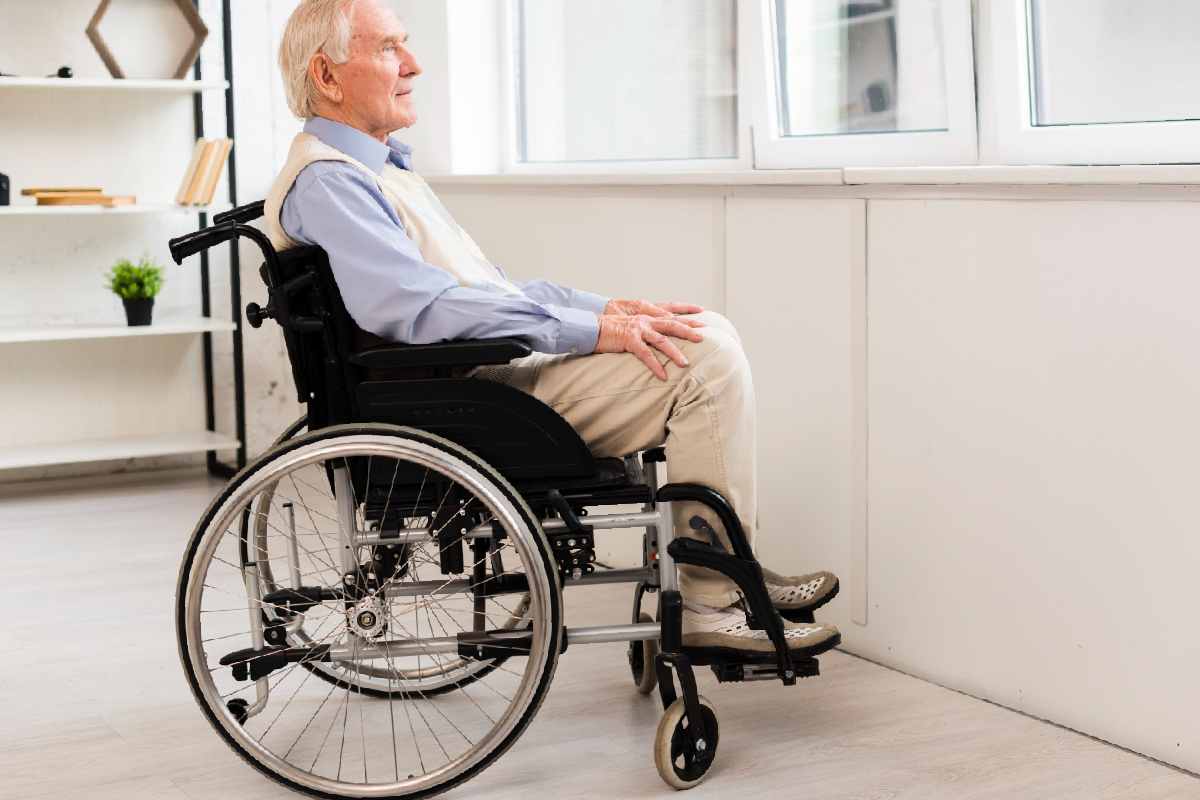A wheelchair isn’t just a way to get from A to B. For a lot of people, it’s a big part of daily life. It affects how easy it is to move around, how comfortable the day feels, and how much energy is left at the end of it. The right features can shape everything from how quickly someone gets through a doorway to how confident they feel going out for the day.
Table of Contents
Comfort Shapes the Whole Day
If you’re in a chair for hours at a time, comfort becomes essential. A poorly fitted wheelchair can lead to back pain, pressure sores, or just constant fidgeting that drains energy. Small design details make all the difference.
What helps most? First, the seat. A supportive cushion that spreads weight evenly can prevent pressure points and reduce strain. Adjustable backrests also matter more than people think. A slight change in angle can ease tension in the spine and shoulders.
Breathable materials are another practical win. When you’re sitting for long periods, airflow matters. It keeps skin cool and reduces irritation, especially in warmer weather or busy environments.
All these things feed into energy, focus, and how long someone can comfortably stay active during the day. Comfort isn’t just physical, either. When a chair feels good to sit in, it boosts confidence too.
How a Chair Moves Changes Everything
Think about the way most buildings are laid out. Tight corners, uneven ground, lifts that barely fit one person. Manoeuvrability affects whether someone can get around easily or spend most of the day adjusting, reversing, and getting stuck.
One key detail is the frame. A lighter frame makes it much easier to move the chair manually, especially if the user is self-propelling. It also makes a big difference when loading the chair into a car or travelling.
Wheel design plays a part too. Smooth-turning front casters and larger rear wheels help with tight spaces and small adjustments. These aren’t just technical specs, they’re the things that help someone manage daily errands without having to stop and ask for help every few minutes.
Designs from KARMA Mobility tend to focus on this. Their frames and components often strike that balance between lightness and control, which means less resistance and more ease when moving through crowded or tricky areas.
Adjustability Makes It Personal
No two people need the same setup. That’s why flexibility is so useful. A chair that can be tailored to suit someone’s body, posture, and lifestyle is far more likely to be used fully and comfortably.
Things like adjustable footrests and seat depth aren’t just about comfort. They affect blood flow, joint strain, and how much pressure builds in certain areas. If a chair isn’t adjustable, users often compensate in ways that can cause pain or bad posture later on.
This also applies to things like armrests that move out of the way. It might seem small, but it means easier transfers, simpler desk access, and fewer awkward reaches. Over time, that saves a lot of physical effort.
Storage, Travel, and the Unexpected
Not everyone has space to keep a full-size chair open at all times. Foldable frames make a difference in small flats or shared homes. They also make transport easier. Whether it’s popping the chair in a car boot or getting on public transport, a smaller, foldable design opens more options.
Quick-release wheels and collapsible parts help too. They mean fewer physical barriers when planning a day out or taking a trip. And they allow more spontaneity. That’s often what people want most – the freedom to say yes to plans without spending an hour thinking about logistics.
When the Small Things Add Up
Some of the most important features are the ones that don’t get talked about enough. Posture support, for example, affects everything from breathing and digestion to comfort and speech. A chair that supports upright sitting without slouching can improve energy levels and reduce tension in the neck and shoulders.
Build quality matters too. A solid frame doesn’t just last longer, it feels safer. Lightweight doesn’t mean weak, especially when good materials like aluminium or carbon fibre are used. Durable components reduce the chance of breakdowns, loose parts, or frustrating adjustments.
There’s also appearance. It’s not just about looks. Having a chair that feels like yours, something that fits your style, can change how confidently you move through the world. Colours, frame shape, and even wheel design. These things help someone feel like they’re in control of their mobility, not stuck in something generic.
Features That Actually Make Life Easier
To keep things simple, here’s a short list of features that genuinely make a day smoother, more comfortable, or more flexible:
- Lightweight frame – Easier to move, lift, and handle in daily life
- Adjustable back and footrests – Better posture and reduced strain
- Foldable design – Practical for storage and transport
- Pressure-relieving seat cushion – Comfort that lasts all day
- Supportive positioning options – Helps with balance, breathing, and energy
- Durable build – Confidence in stability, indoors and out
Why These Details Matter
The right wheelchair features aren’t about showing off or adding complexity. They’re about everyday things. Being able to reach something on a shelf. Getting into a friend’s house without needing help. Feeling comfortable sitting through a work meeting or a meal out.
That’s the goal: to make mobility feel easier, not like a constant adjustment. When a chair is designed with real life in mind, everything gets simpler, from the first move in the morning to the last part of the day.
Also Read: Silk Sarees

